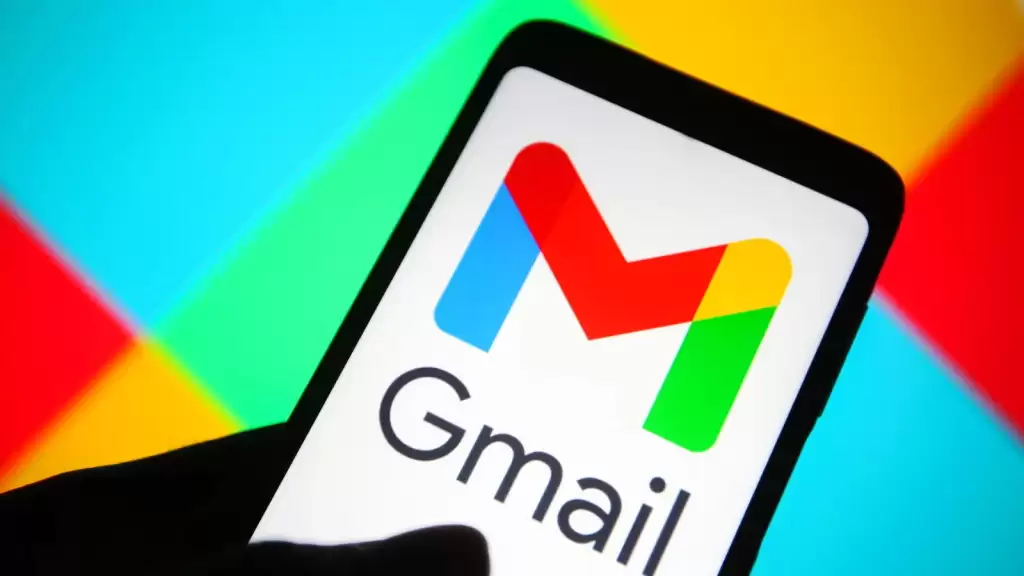Google Moves to Strengthen User Security
In a major step toward improving cybersecurity, Google has announced plans to discontinue SMS-based 2FA for Gmail accounts. This decision aligns with the company’s broader strategy of moving away from traditional authentication methods in favor of more secure alternatives.
SMS-based two-factor authentication has long been a popular method for securing online accounts. It requires users to enter a one-time passcode sent via text message to verify their identity. However, this method has been criticized for security vulnerabilities such as SIM swapping, phishing attacks, and message interception, all of which can put user accounts at risk.
Why Is Google Phasing Out SMS-Based 2FA?

The primary reason behind Google’s move is the growing threat posed by cybercriminals who exploit SMS-based authentication methods. Some key issues include:
- SIM Swapping Attacks: Hackers can manipulate telecom providers to transfer a user’s phone number to another SIM card, allowing them to receive authentication codes and gain unauthorized access.
- Message Interception: SMS messages can be intercepted through various techniques, making them an unreliable security method.
- Phishing Vulnerabilities: Attackers often trick users into revealing their SMS-based codes, making this form of authentication less effective against phishing scams.
A Google spokesperson told Forbes, “Just like we want to move past passwords with the use of things like passkeys, we want to move away from sending SMS messages for authentication. SMS codes are a source of heightened risk for users. We’re pleased to introduce an innovative new approach to shrink the surface area for attackers and keep users safer from malicious activity.”
What Are the Alternatives?
To enhance security, Google is encouraging users to transition to more reliable authentication methods, such as:
1. Authentication Apps (Google Authenticator, Authy, etc.)
Authentication apps generate time-sensitive codes directly on a user’s device. These apps do not rely on external networks, reducing the risk of interception. Users can link their accounts to these apps and generate one-time codes whenever they log in.
2. Hardware Security Keys (YubiKey, Titan Security Key, etc.)
Hardware security keys provide an extra layer of protection by requiring users to insert a physical device into their computer or tap it against their phone to authenticate their identity. This makes unauthorized access significantly more difficult, even in the event of a phishing attack.
3. Google Passkeys
Google is also pushing for the adoption of passkeys, which are designed to replace traditional passwords and provide a seamless authentication experience. Passkeys work by leveraging biometric authentication (fingerprints or face recognition) or PINs, making logins faster and more secure.
READ ALSO: Cyberattacks Continue as Hackers Target Nigerian Bureau of Statistics
How to Transition to a More Secure Authentication Method
If you currently use SMS-based 2FA for your Gmail account, it’s crucial to update your security settings as soon as possible. Follow these steps:
- Go to your Google Account Security settings (https://myaccount.google.com/security).
- Find the “2-Step Verification” section and click Manage Settings.
- Disable SMS-based authentication and select a new method such as Google Authenticator or a security key.
- Follow the on-screen instructions to complete the setup and test your new authentication method.
Google has also provided detailed guidance to help users make this transition smoothly, ensuring that security remains a top priority.
What This Means for Users
While this shift may require some adjustments, it ultimately benefits users by offering stronger security and protection against cyber threats. Google’s move reflects a broader industry trend where companies are phasing out SMS-based authentication in favor of more advanced security measures.
By taking proactive steps to upgrade your account security, you can stay ahead of potential threats and keep your personal information safe from hackers.
Final Thoughts
Google’s decision to phase out SMS-based 2FA is a necessary step in the evolving cybersecurity landscape. As cyber threats become more sophisticated, users must adopt safer authentication methods. If you haven’t already, now is the time to update your 2FA settings and ensure your Gmail account is protected with a more secure option.
Stay safe, stay secure, and embrace the future of authentication! 🔐



